We have regularly schedule Makerspace Days throughout the year. They are a great opportunity for kid engineers to utilize the skills and knowlege that they’ve been acquiring and use them create what they want to make — and take it home! Makerspace Days generally end up take place once every fifth week, so in the end we have about 5-6 Makerspace Days during the year.
One of the most frequent questions I get all year is, “When’s Makerspace Day?”
In order for Makerspace Day to work successfully, you’ll need a generous supply of recyclables and donations. We have worked toward building a community of collectors — meaning students and families know that we utilize things like cardboard, plastics, and toy parts/pieces.
And, of course you’ll need a way to organize all the collected items. We have lots of storage bins and areas to keep these things neat and tidy. When a Makerspace Day is approaching, I grab a wire cart and start filling it with smaller boxes that haven’t been flattened yet. Some kids use these, while others use flattened ones and reform the box or use parts of it.
Generally, all grade levels have access to the entire Makerspace Room (tools, materials, etc). We do have a few *rules and expectations* to keep in mind, but for the most part, I want them to experience what a true workshop is like and be uninhibited when designing and creating.
- power tools with permission (drills)
- saws for 5th grade only, with teacher help
- Ryobi tools, teacher only, students observe from distance (bench sander, drill press, band saw)
- low temp hot glue guns, 3rd-5th grade (all other grades watch me)
- use supplies with respect and moderation (remember you are one of 450+ elementary students)
- projects must be lap-sized/bus-sized (you need to be able to carry it on/off the bus independently)
- projects must fit in your locker
- no weapons or look-alike weapons
Prior to having a Makerspace Day, I remind kids at the end of their STEAM day time (the week before) that the next time they come they will have Makerspace Day and that they should come with ideas. I have a few that even come with prototype plans! Students generally make one of the following:
- containers/organizers
- critters/robots
- fidgets/comfies
- furniture
- gadgets/tools/machines
- games/activities
- gifts
- graphic design (signs/decorations/art)
- houses/buildings/dwellings
- instruments
- pet/animal accessories
- vehicles
- wearables




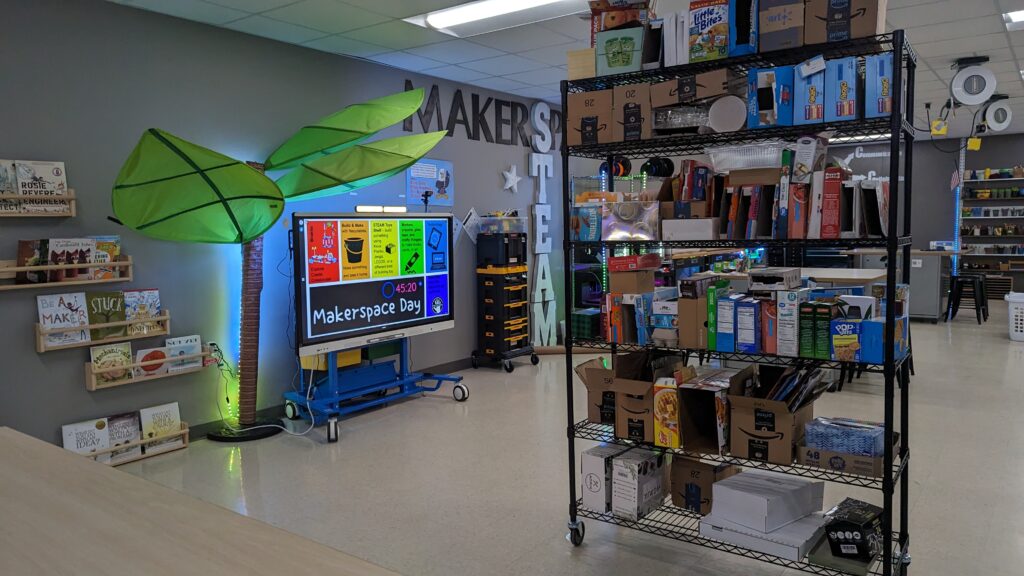
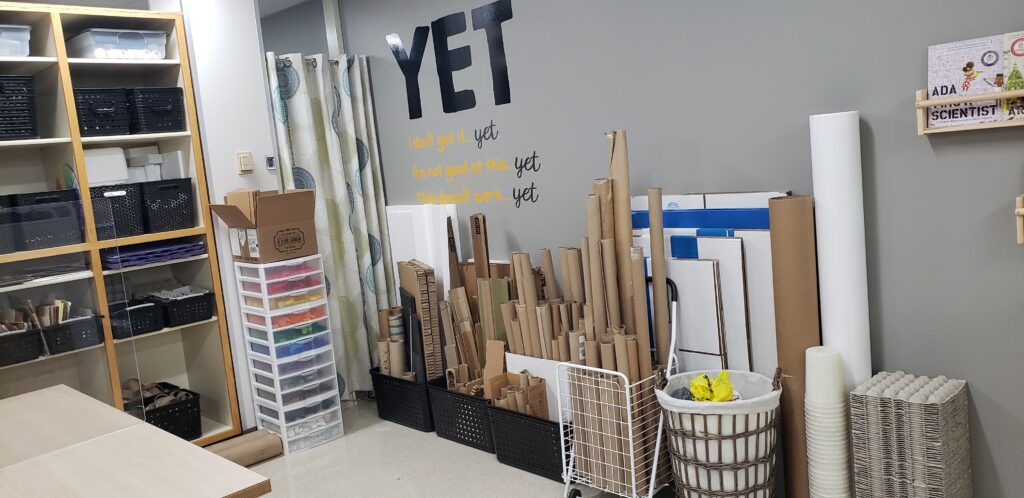
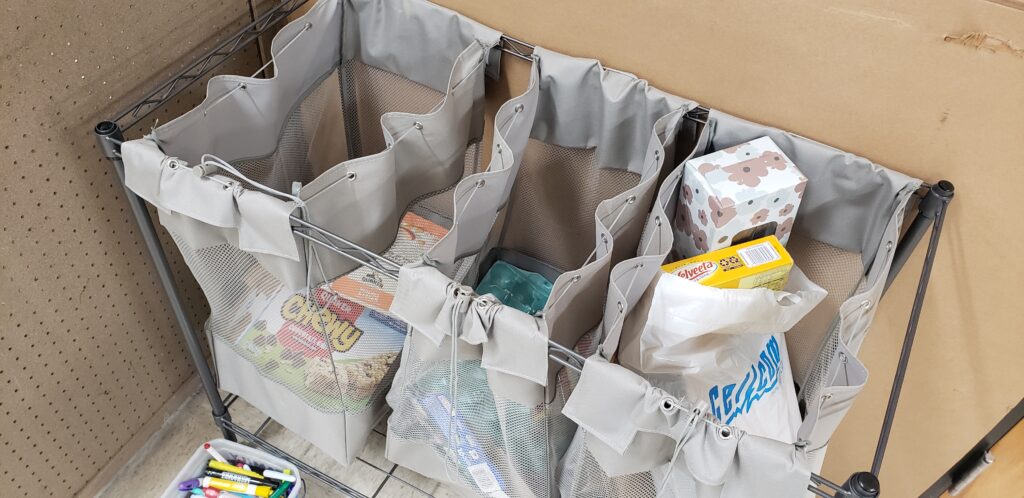
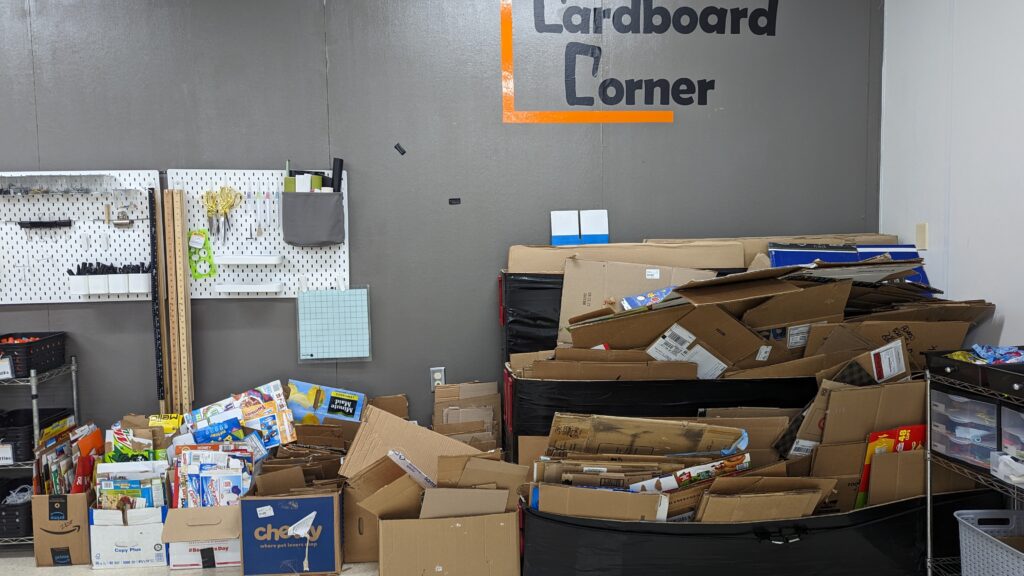
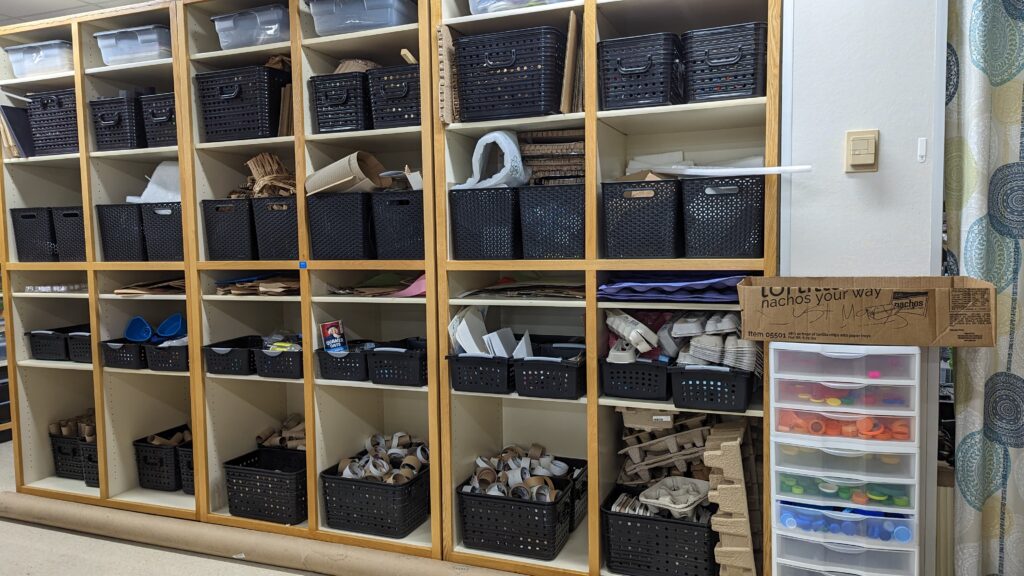

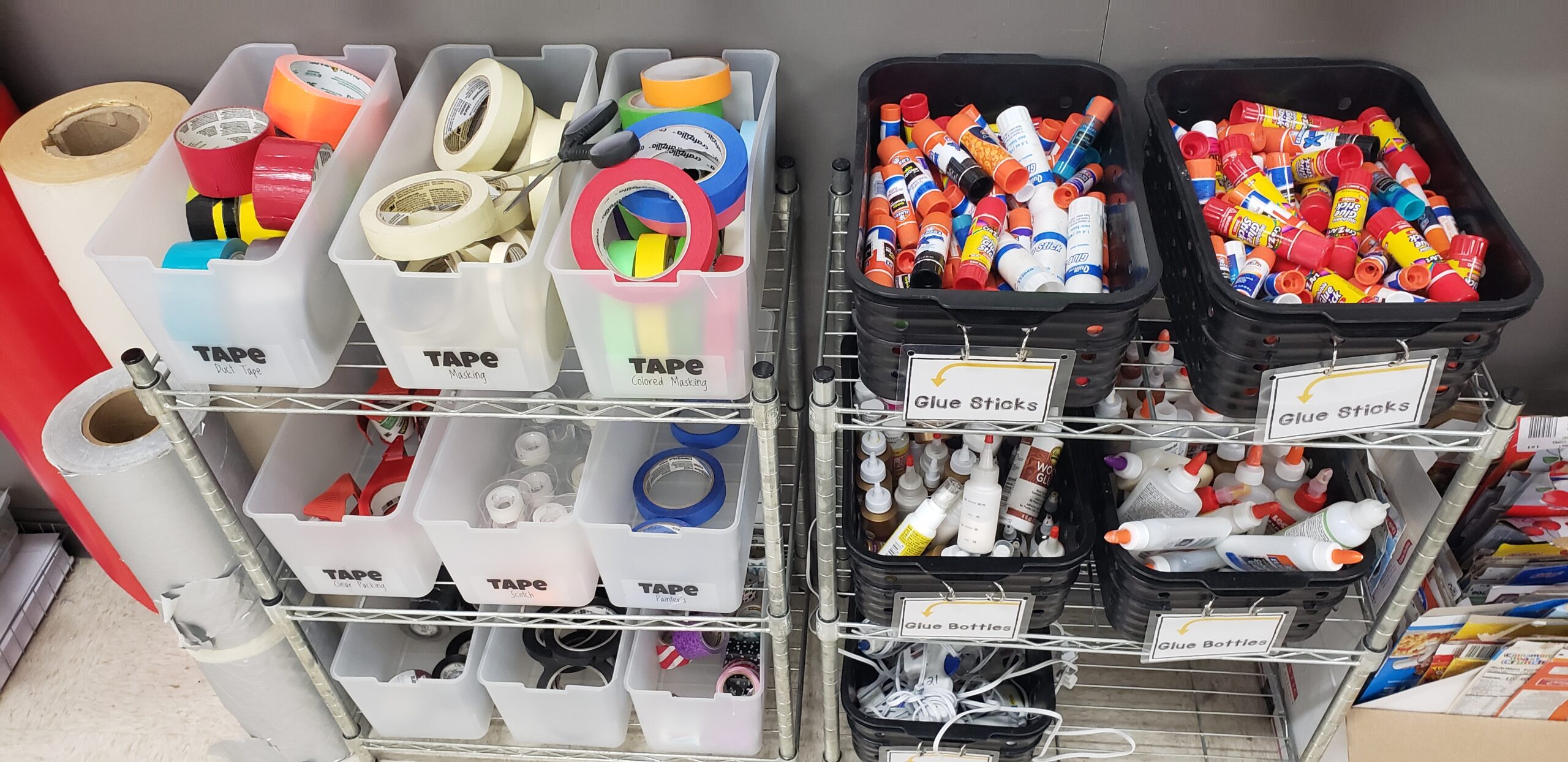
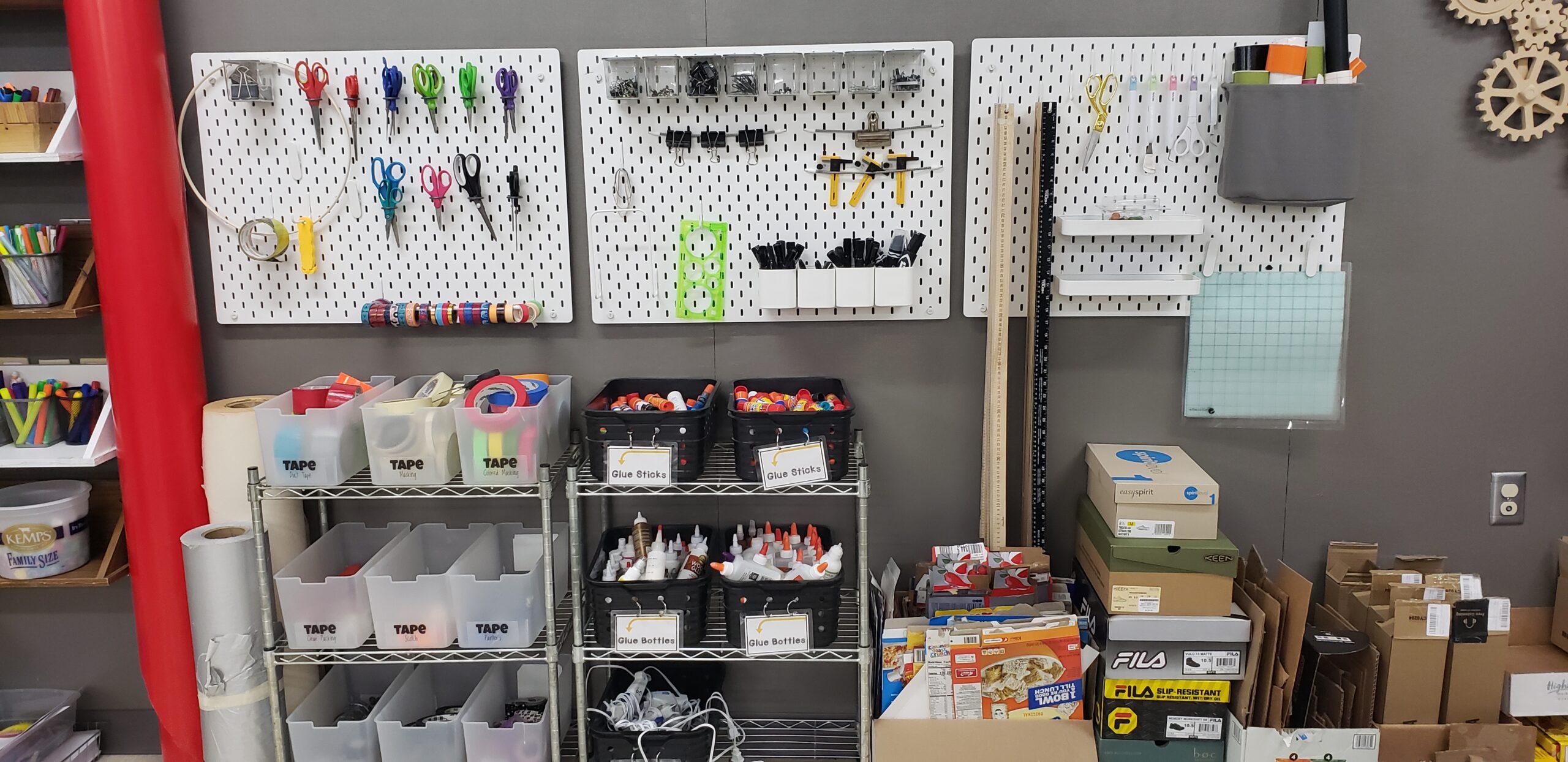
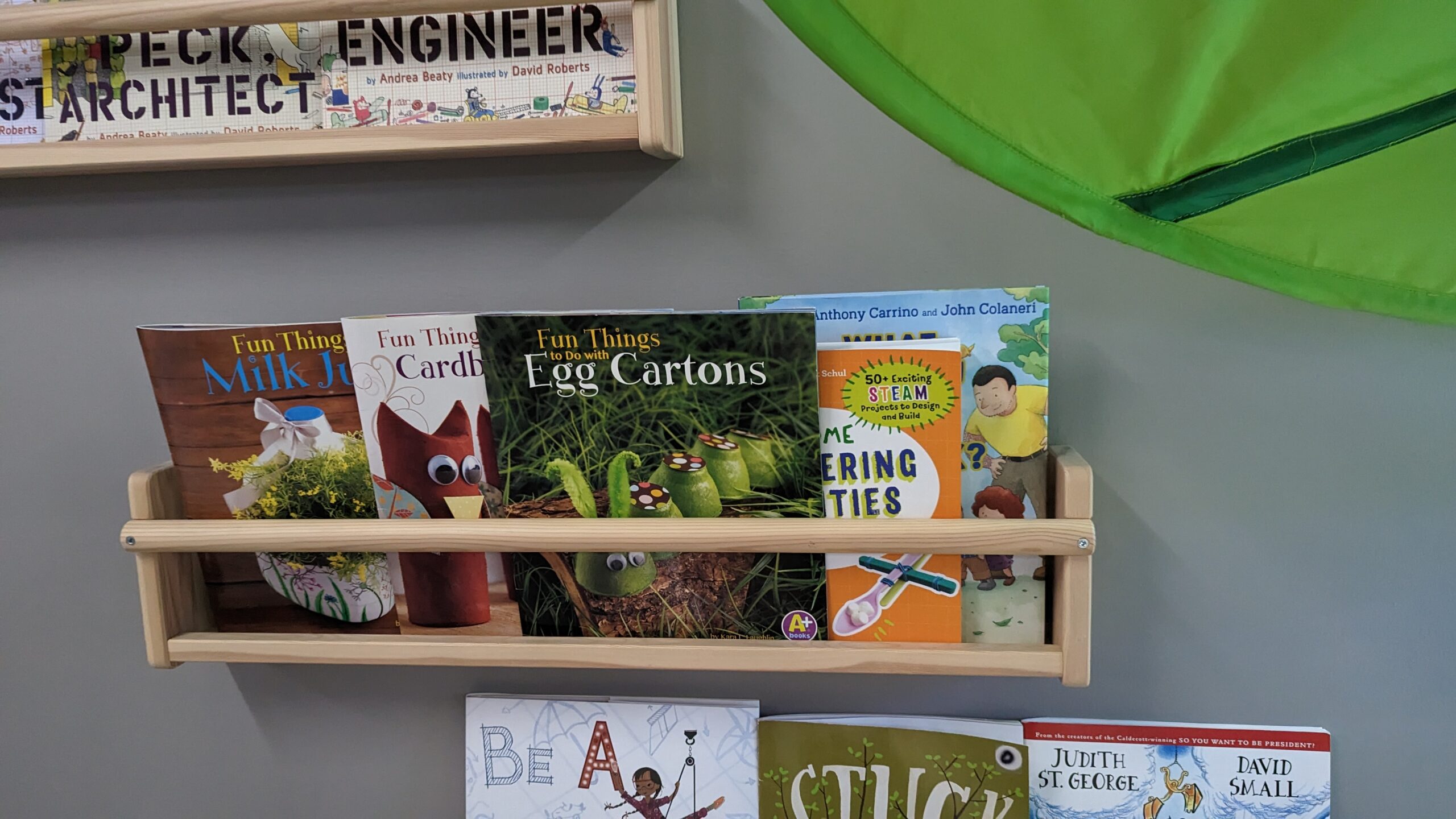
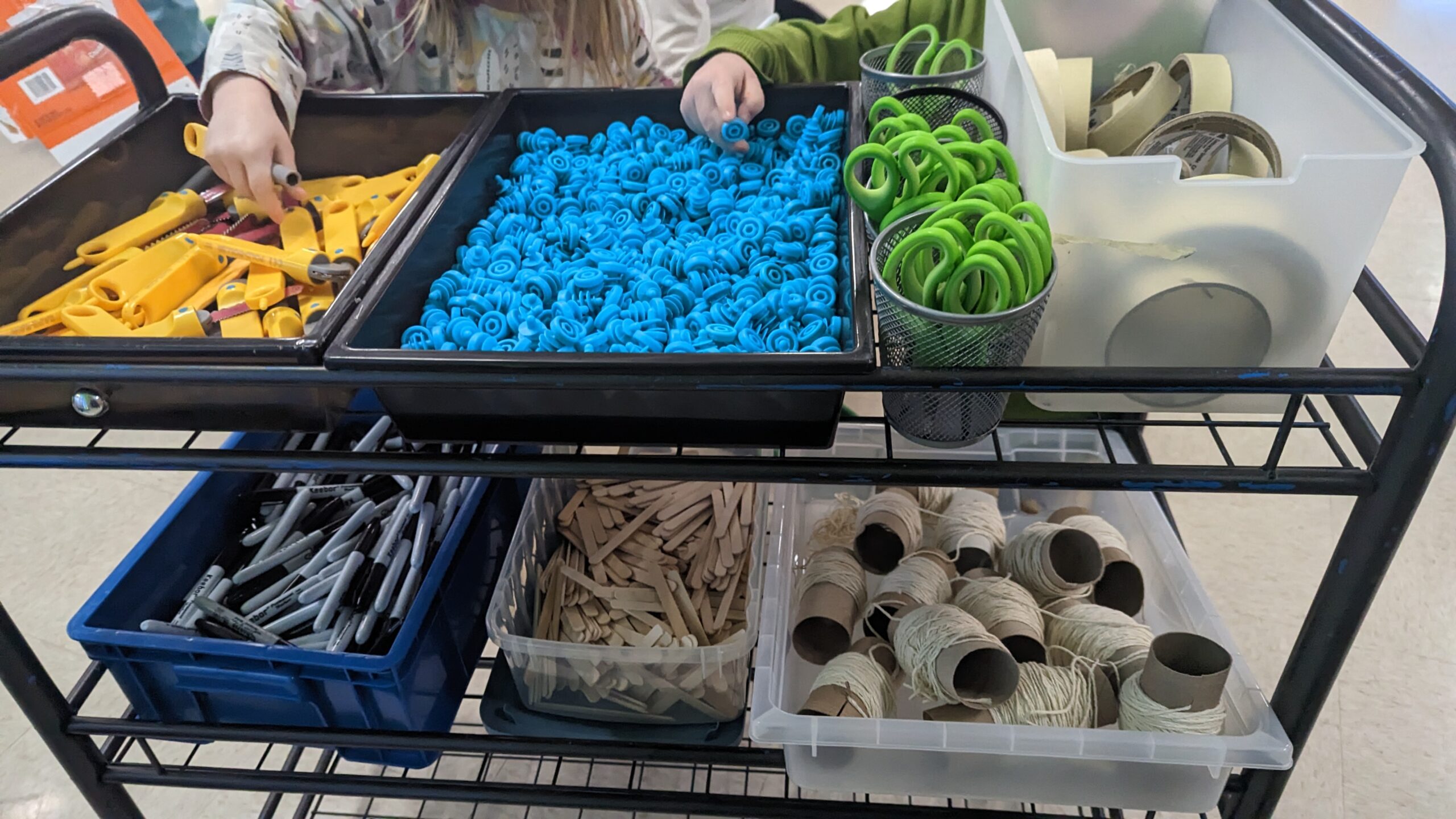
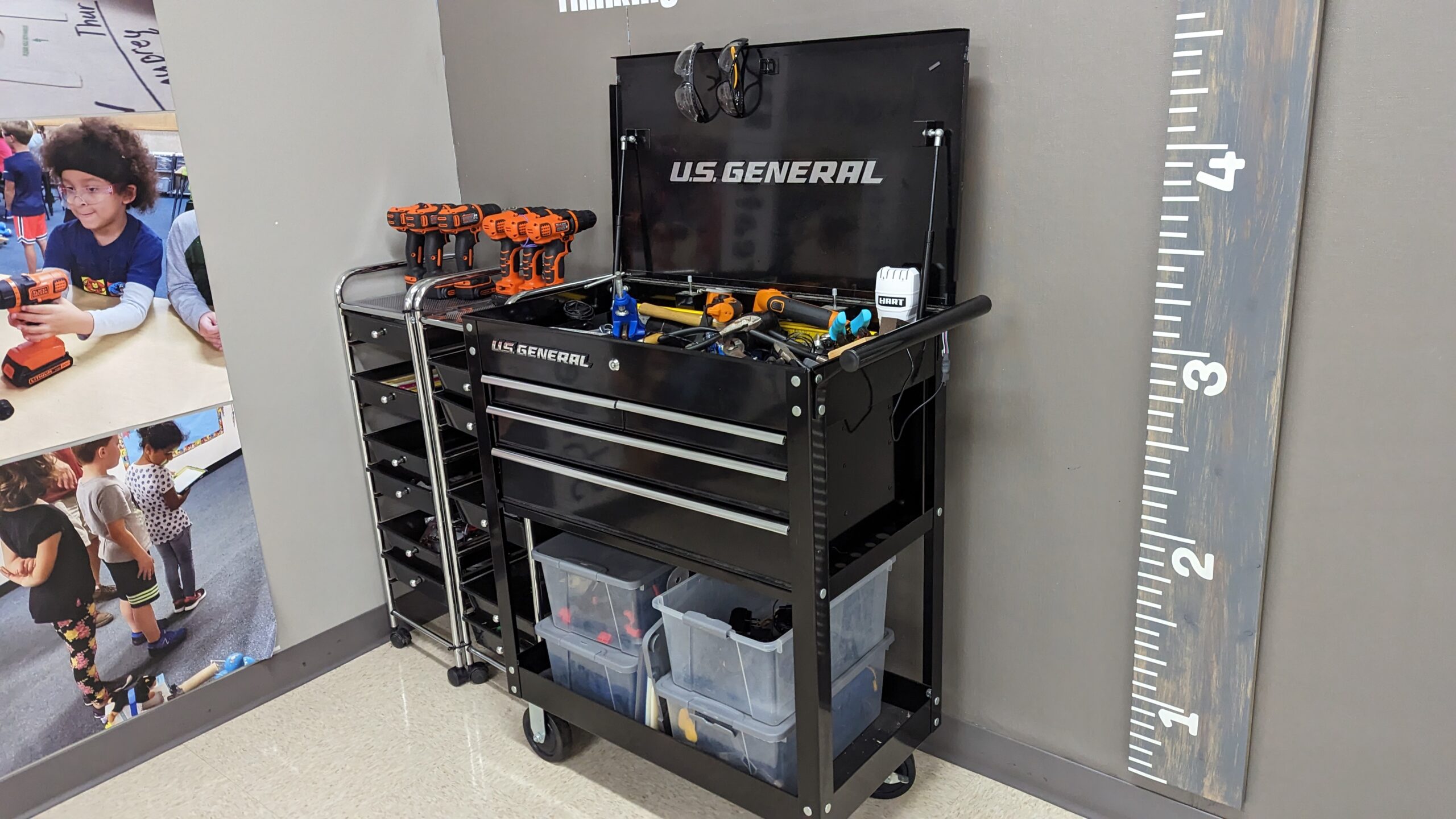
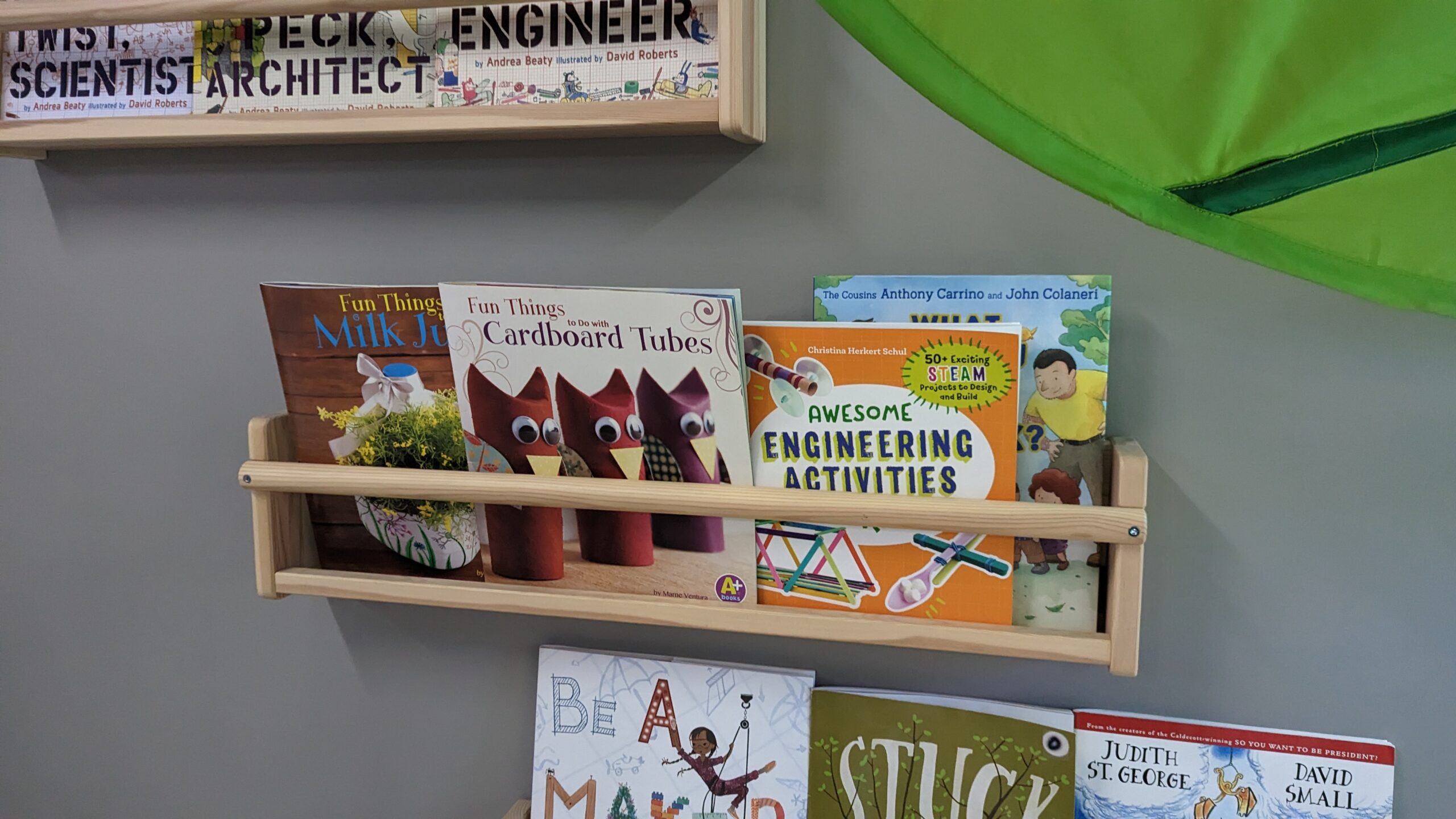

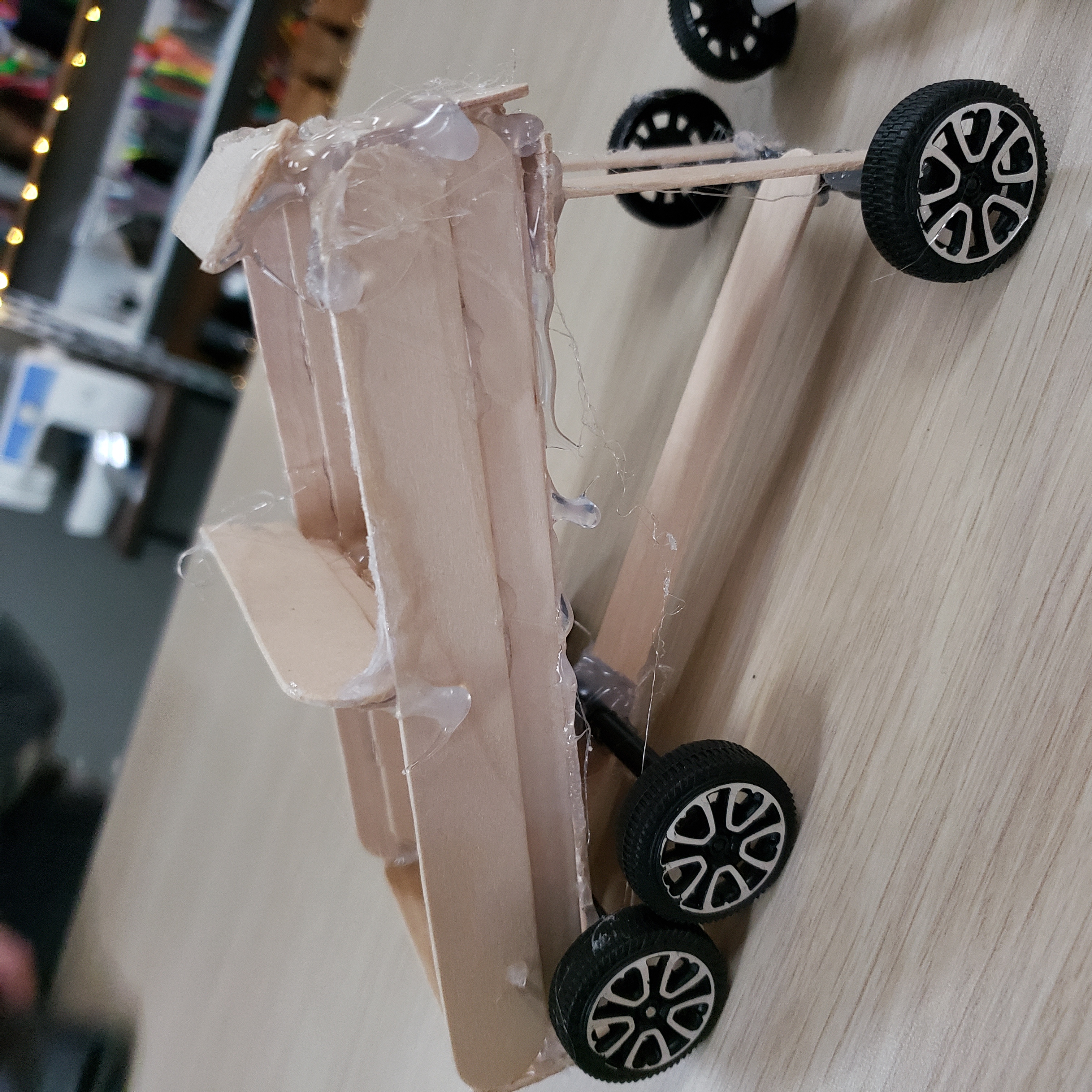



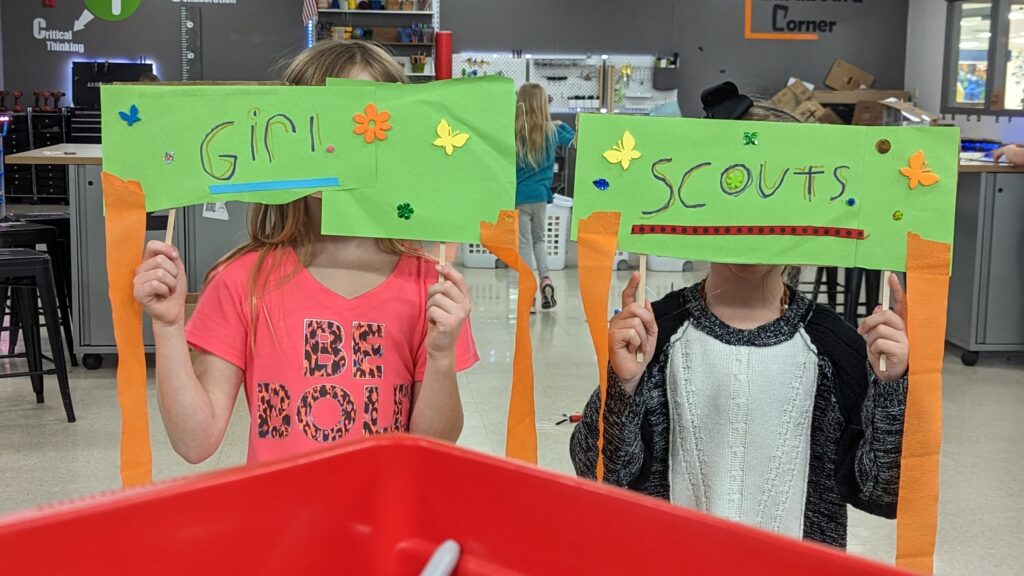

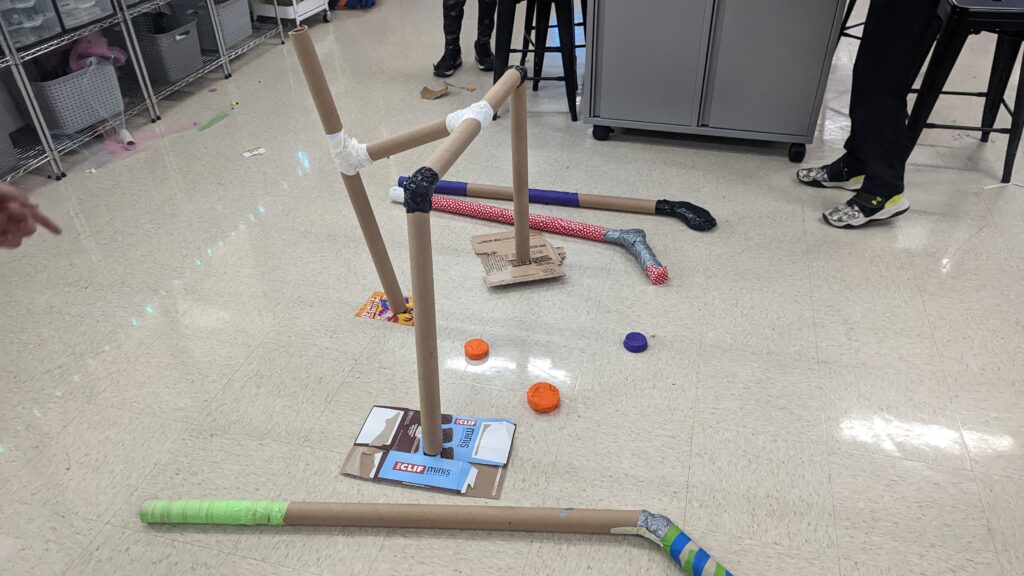
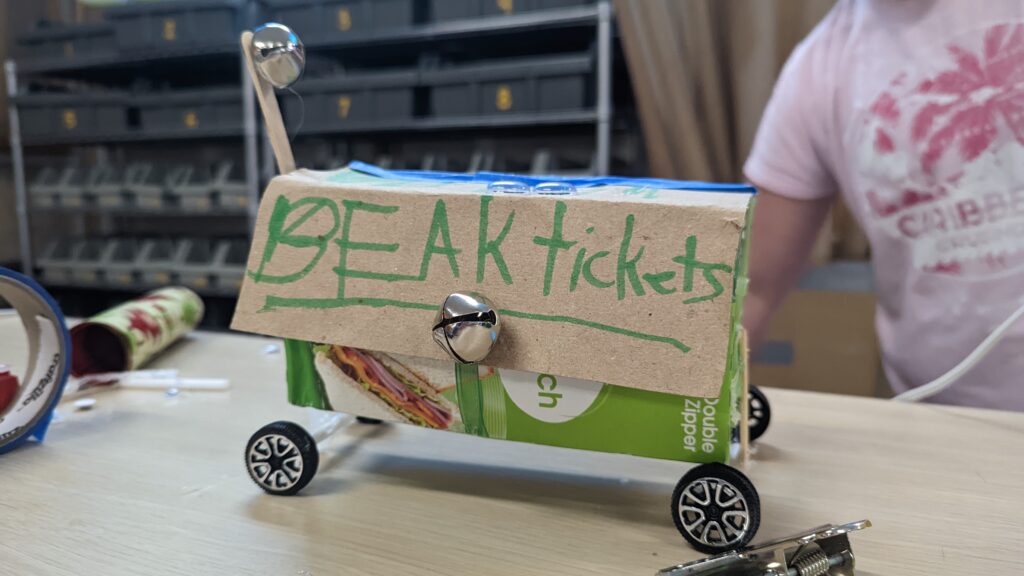
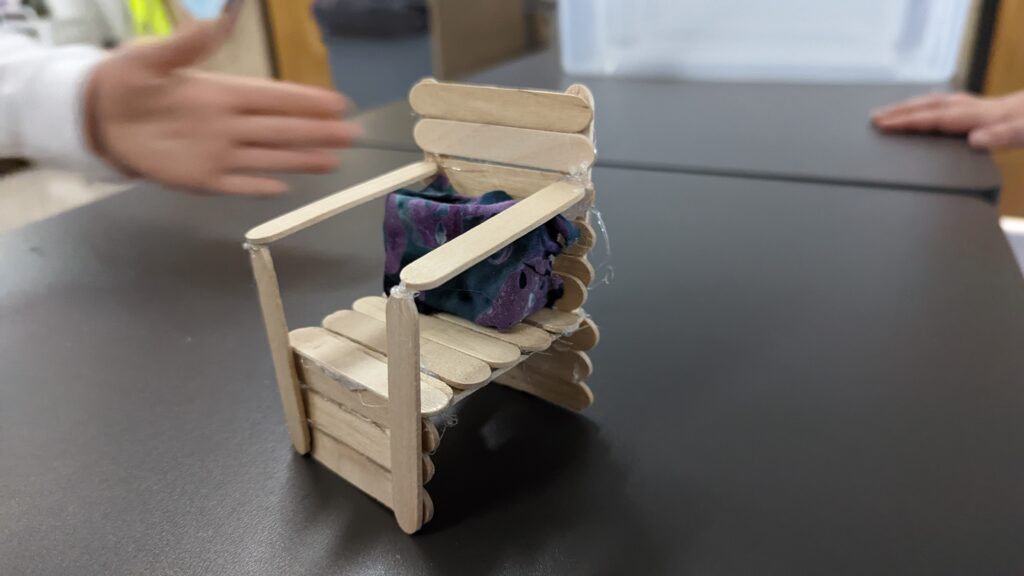
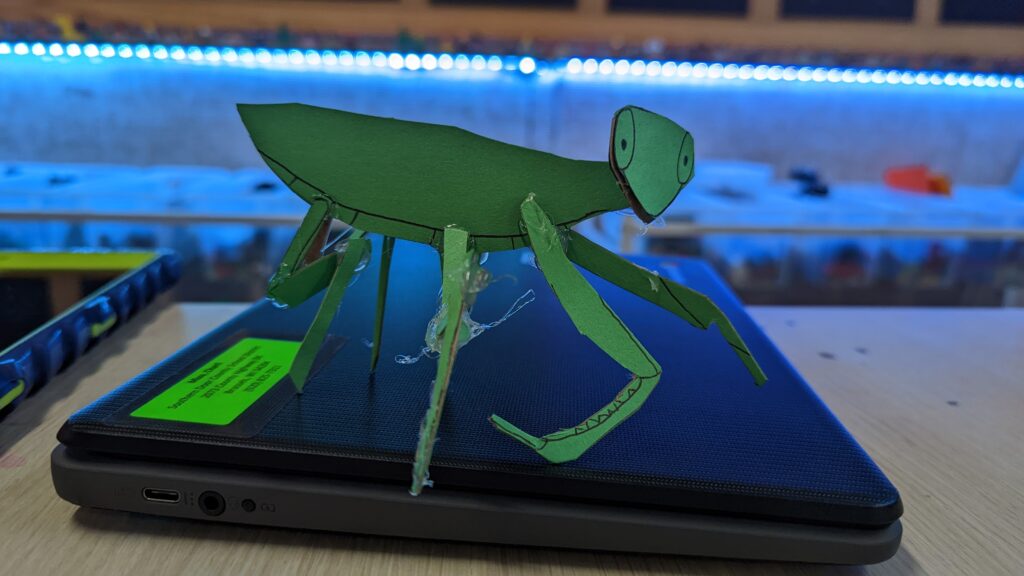
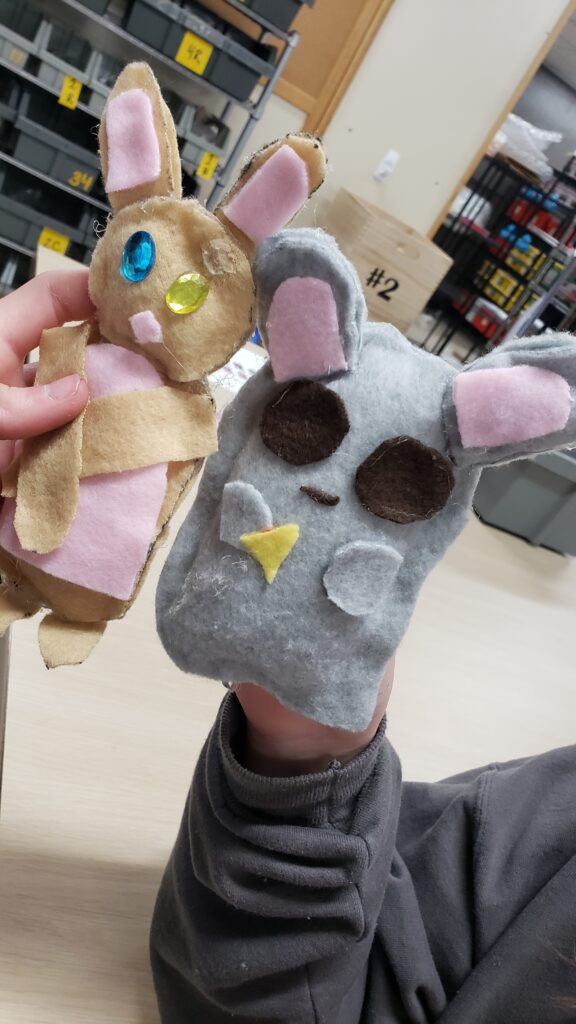
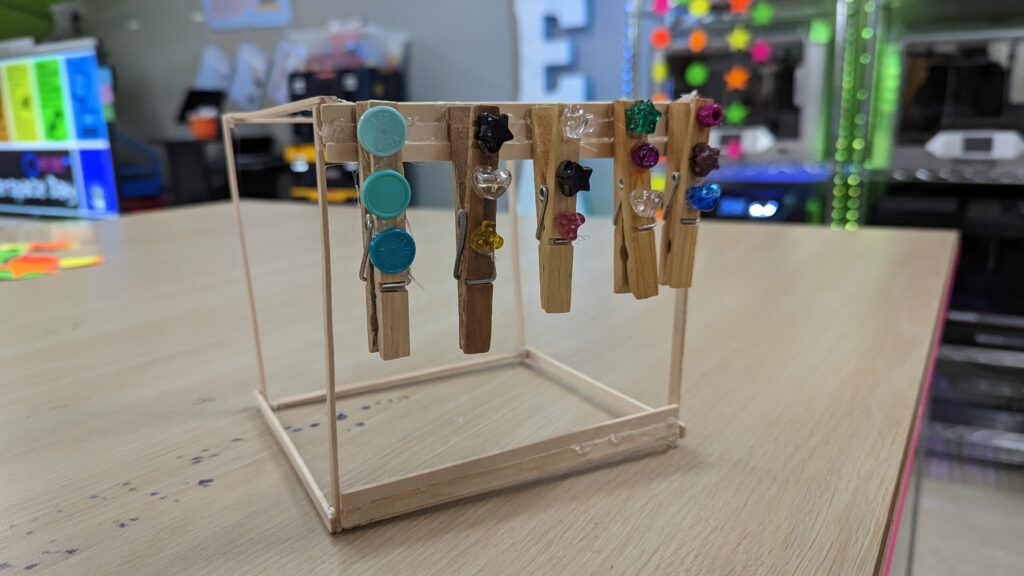

No Comments